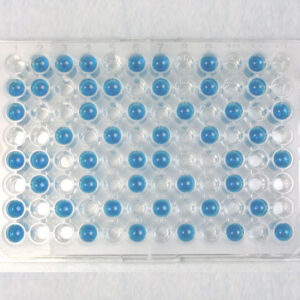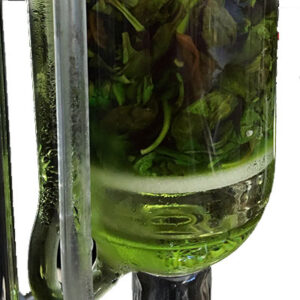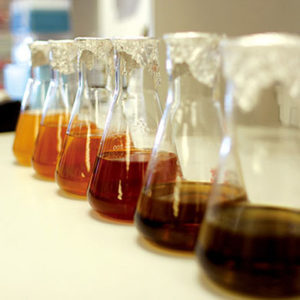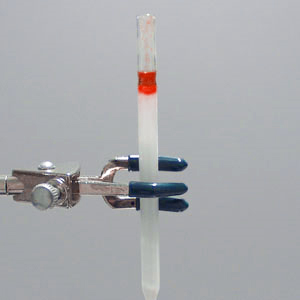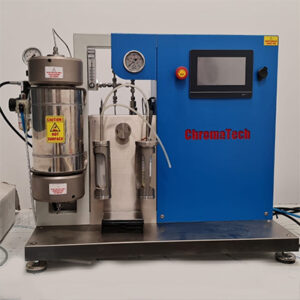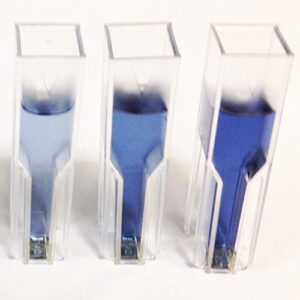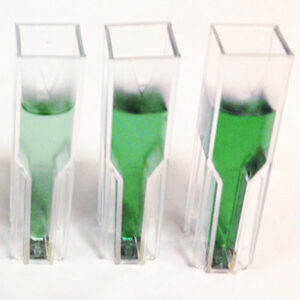Phytochemical Services
Determination of phenolics and flavonoids
EGP150.00 – EGP750.00 / sampleFlavonoids and phenolics are among the abundant compounds available in extracts of natural products. We can help you determine the total phenolic and flavonoid content in your sample, and even estimate them qualitatively and quantitatively.
Extraction of natural products
EGP400.00 – EGP650.00 / Kg + cost of your chosen solventsExtraction is the crucial first step in the analysis of medicinal plants, because it is necessary to extract the desired chemical components from the plant materials for further separation and characterization. We can help you extract your target compounds by maceration, ultrasonic-assisted extraction or mechanical extraction.
Fractionation of extracts (Partitioning / Diaion)
EGP400.00 – EGP500.00 / sampleAn extract of a medicinal herb contains tens of products. After efficient extraction, successful fractionation of the extract into homogenous groups of compounds is a crucial step on the path towards separation and purification of active/target compounds. We offer fractionation services by partitioning, using Diaion columns and flash chromatography.
Sephadex LH-20 open columns (size exclusion)
EGP400.00 / slot (4h) + consumablesSephadex™ LH-20 is prepared by hydroxypropylation of Sephadex G-25, a bead formed dextran medium and has been specifically developed for gel filtration of natural products, such as steroids, terpenoids, lipids and low molecular weight peptides, in organic solvents.
Supercritical fluid extraction (SFE)
EGP0.00 / RunSupercritical fluid extraction is an ec0-friendly, safe, clean alternative to organic solvent-based traditional extraction methods. Applying appropriate temperature, and pressure CO2 migrates into the supercritical phase in which it can behave as a gas and liquid and act as an efficient solvent. Moreover, CO2 preserves the chemical composition of extracts especially in heat-sensitive materials, and reduce the formation of artifacts and solvent residues. The process of CO2 extraction is scalable from a few grams in lab-based machines up to tons in industrial scales.
Total anti-oxidant capacity
EGP220.00 – EGP550.00 / sampleAn increased interest is evident among the scientific community regarding the antioxidant activity of different plant extracts and foods, as its consumption was proved to be protective against several ailments, such as cardiovascular diseases and cancer.
Several assays were developed for the assessment of total antioxidant capacity of compounds and herbal extracts. The chemical bases of these assays are substantially different and the results represented are related to certain chemical property in the screened compounds and not necessarily related to biological antioxidant capacity. Thus, measurement of total antioxidant capacity using only one method is not sufficient and it is recommended to carry out a combination of few assays that involves different chemical reactions to give more realistic results.
Total soluble carbohydrate content
EGP350.00 / sampleCarbohydrates are one of the most important components in foods and plants. They can be found as separate molecules or bound to other components such as lipids (glycolipids), and proteins (glycoproteins).
Anthrone method is one of the most commonly used methods for the determination of soluble carbohydrates such as monosaccharides. Sugar reacts with anthrone under acidic conditions to yield a blue-green color. The sample is mixed with sulphuric acid and heated to obtain the corresponding furfural, which in turn reacts with anthrone to get the color. The concentration of the sugars in the provided sample can be determined calorimetrically using a standard calibration curve of glucose.
Total Tannin Content
EGP350.00 / Compound (including calibration curve)Total Tannin Content
Tannins are high molecular weight phenolic compounds having the ability to precipitate proteins. They are class of secondary metabolites that widely distributed in many plants. Two types of tannins are commonly found in natural products: hydrolysable and condensed tannins. Hydrolysable tannins are complex monomeric or oligomeric polyesters of phenolic acids (gallic or ellagic) with D-glucose or related sugars. Hydrolysable tannins include gallo-, ellagi-tannins and tannic acid. While condensed tannins, also named procyanidins, are dimers to polymers of flava-3-ol (such as catechin). Examples of condensed tannins are procyanidin A2 and B2.

